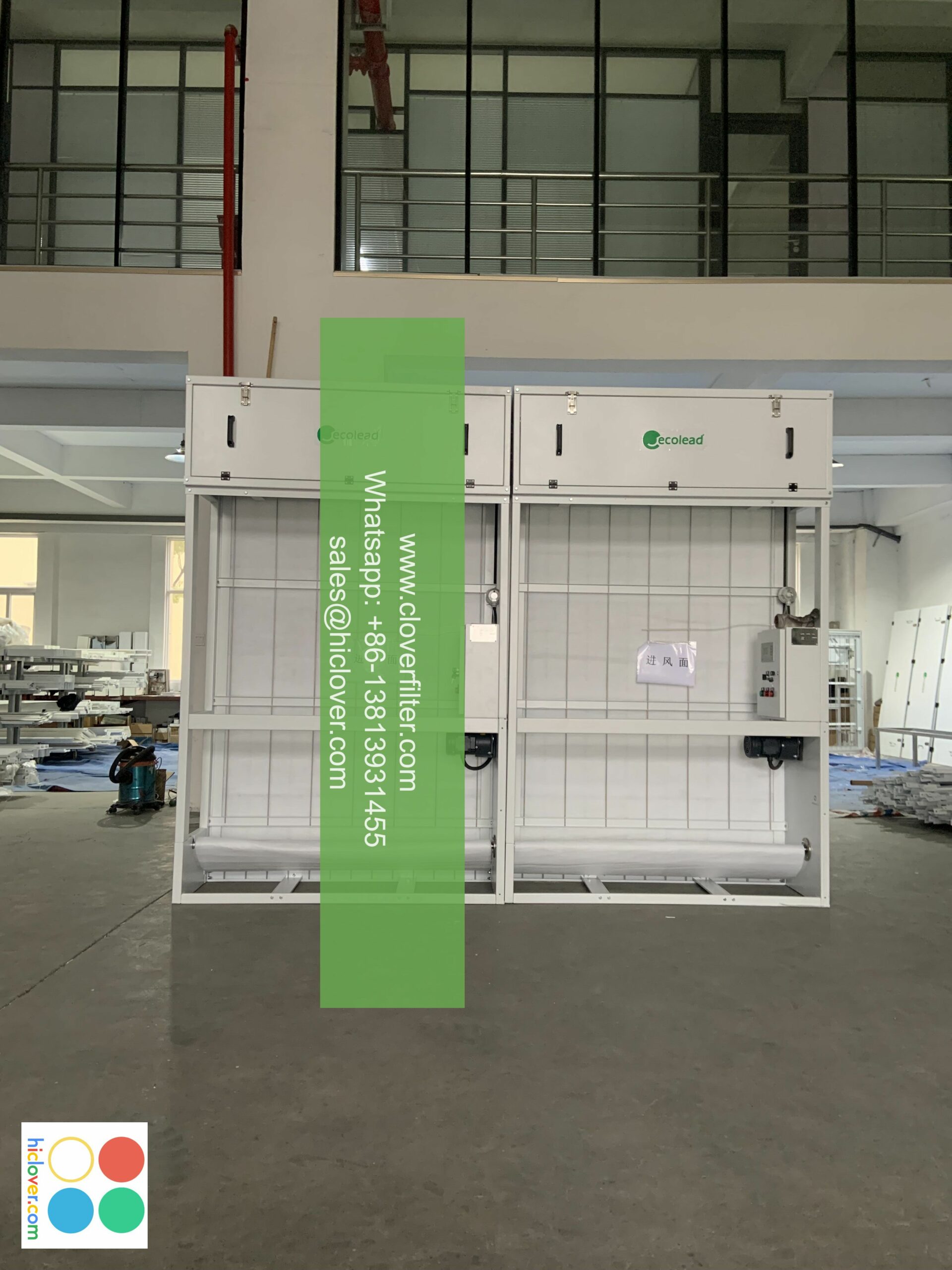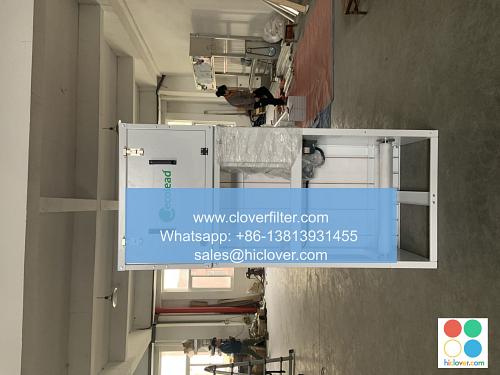Air Filter Standards: A Comparison of ASHRAE and ISO Guidelines

Air filter standards play a critical role in ensuring the quality of indoor air, which is essential for maintaining a healthy and comfortable environment in various settings, including commercial buildings, industrial facilities, and residential homes. Two prominent organizations, the American Society of Heating, Refrigerating, and Air-Conditioning Engineers (ASHRAE) and the International Organization for Standardization (ISO), have established guidelines for air filter standards. In this article, we will delve into the comparison of ASHRAE and ISO guidelines, highlighting their similarities and differences, and exploring their applications in various indoor air quality (IAQ) scenarios.
ASHRAE Guidelines for Air Filter Standards
ASHRAE has developed a set of standards for air filters, which are widely adopted in the heating, ventilation, and air conditioning (HVAC) industry. The ASHRAE Standard 52.2-2017 provides a framework for evaluating the performance of air filters, including their ability to capture particulate matter (PM), gases, and odors. The standard categorizes air filters into different minimum efficiency reporting value (MERV) ratings, which range from MERV 1 (lowest efficiency) to MERV 20 (highest efficiency).
ISO Guidelines for Air Filter Standards
ISO has also established a set of standards for air filters, which are widely recognized globally. The ISO 16890 standard provides a comprehensive framework for evaluating the performance of air filters, including their ability to capture PM1, PM2.5, and PM10 particles. The standard categorizes air filters into different ePM (equivalent particle size) ratings, which range from ePM10 (lowest efficiency) to ePM1 (highest efficiency).
Comparison of ASHRAE and ISO Guidelines
While both ASHRAE and ISO guidelines provide a framework for evaluating air filter performance, there are some key differences between the two. The ASHRAE standard focuses on the arrestance of air filters, which refers to their ability to capture dust and other particulate matter. In contrast, the ISO standard focuses on the fractional efficiency of air filters, which refers to their ability to capture specific particle sizes. Additionally, the ISO standard provides a more detailed framework for evaluating the performance of air filters in different application areas, including commercial buildings, industrial facilities, and residential homes.
Application Areas for Air Filter Standards
Air filter standards have a wide range of applications in various indoor environments, including:
* Commercial buildings: Air filter standards are essential for maintaining good IAQ in commercial buildings, which can help to improve occupant health and productivity.
* Industrial facilities: Air filter standards are critical for maintaining good IAQ in industrial facilities, which can help to improve worker safety and equipment performance.
* Residential homes: Air filter standards are important for maintaining good IAQ in residential homes, which can help to improve indoor air quality and respiratory health.
* Hospital and healthcare facilities: Air filter standards are essential for maintaining good IAQ in hospital and healthcare facilities, which can help to prevent nosocomial infections and improve patient outcomes.
* Cleanrooms and laboratories: Air filter standards are critical for maintaining good IAQ in cleanrooms and laboratories, which can help to prevent contamination and improve product quality.
Conclusion
In conclusion, air filter standards play a critical role in ensuring the quality of indoor air in various settings. The ASHRAE and ISO guidelines provide a framework for evaluating the performance of air filters, but there are some key differences between the two. By understanding the similarities and differences between these guidelines, facilities managers, building owners, and occupants can make informed decisions about selecting the right air filters for their specific application areas. Additionally, by highlighting the various application areas for air filter standards, we can appreciate the importance of maintaining good IAQ in different indoor environments. You haven’t provided a question or topic for discussion. Please provide more context or clarify what you would like to talk about, and I’ll do my best to assist you. What’s on your mind?

